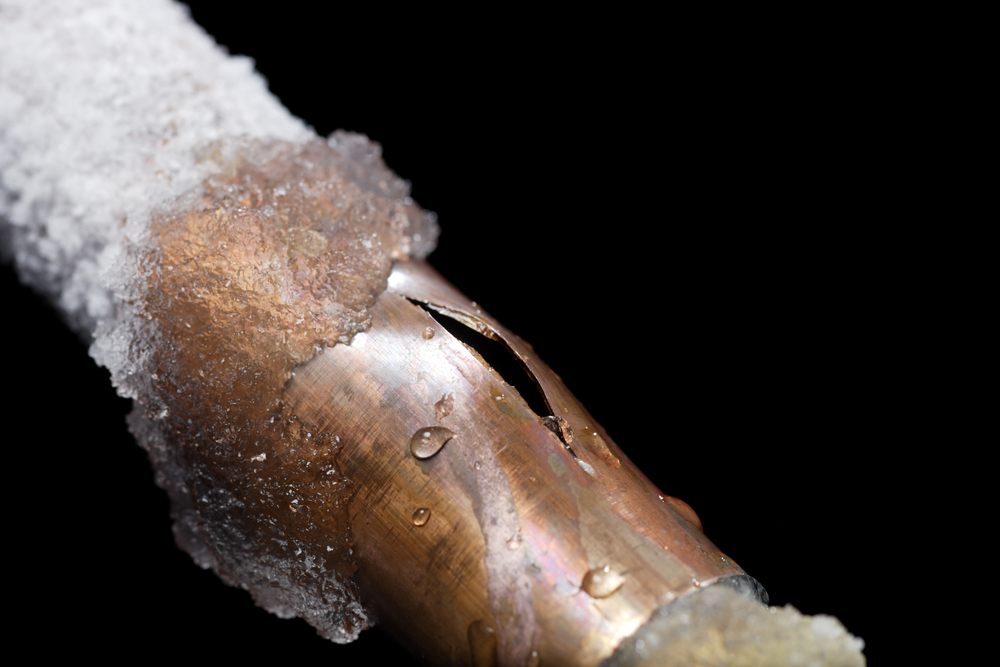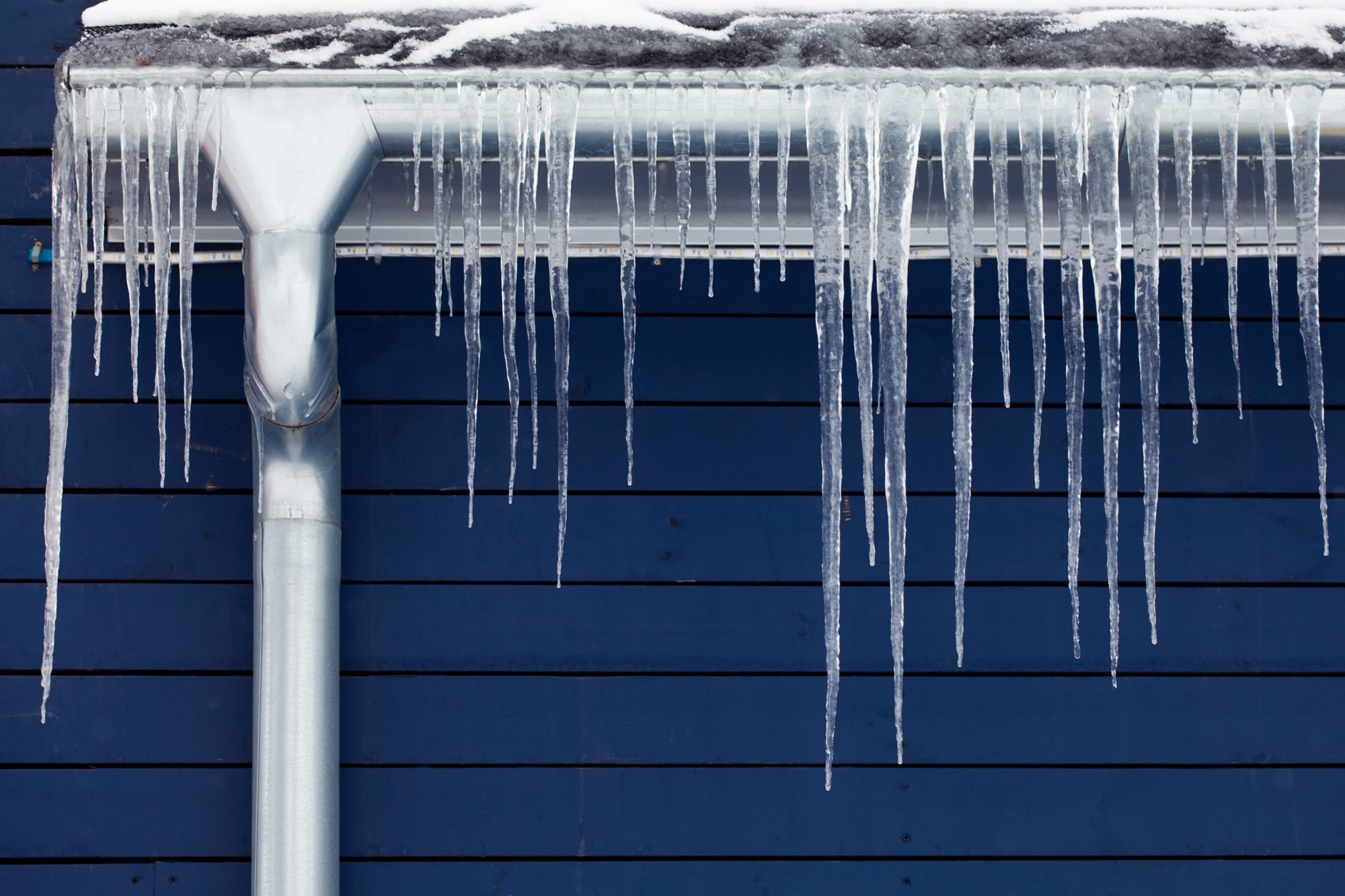Tips to Avoid Frozen Pipes in Cold Weather: Professional Guidance
Tips to Avoid Frozen Pipes in Cold Weather: Professional Guidance
Blog Article
How do you feel in relation to Helpful Tips to Prevent Frozen Pipes this Winter?

Winter can damage your pipes, particularly by freezing pipelines. Right here's just how to prevent it from happening and what to do if it does.
Intro
As temperature levels decline, the threat of icy pipelines boosts, potentially leading to costly repairs and water damages. Comprehending exactly how to prevent icy pipes is important for property owners in cool environments.
Understanding Frozen Pipelines
What causes pipes to ice up?
Pipelines ice up when revealed to temperatures below 32 ° F (0 ° C) for extended periods. As water inside the pipelines ices up, it expands, putting pressure on the pipeline walls and potentially creating them to rupture.
Threats and problems
Icy pipes can bring about water system disturbances, property damage, and pricey repairs. Burst pipes can flood homes and trigger extensive structural damage.
Indications of Frozen Piping
Determining icy pipelines early can prevent them from bursting.
How to identify frozen pipelines
Seek lowered water circulation from taps, unusual odors or sounds from pipelines, and visible frost on exposed pipes.
Avoidance Tips
Protecting susceptible pipes
Cover pipes in insulation sleeves or utilize warm tape to protect them from freezing temperatures. Focus on pipes in unheated or exterior locations of the home.
Heating techniques
Maintain interior rooms appropriately heated up, especially areas with pipes. Open up cabinet doors to enable warm air to circulate around pipes under sinks.
Shielding Exterior Plumbing
Yard tubes and outside taps
Detach and drain yard tubes before winter. Set up frost-proof faucets or cover exterior faucets with insulated caps.
What to Do If Your Pipes Freeze
Immediate actions to take
If you presume icy pipelines, maintain taps open up to ease pressure as the ice melts. Utilize a hairdryer or towels soaked in hot water to thaw pipes slowly.
Long-Term Solutions
Structural changes
Take into consideration rerouting pipes away from exterior walls or unheated areas. Add extra insulation to attics, cellars, and crawl spaces.
Upgrading insulation
Buy high-quality insulation for pipelines, attic rooms, and wall surfaces. Correct insulation helps maintain consistent temperature levels and lowers the danger of frozen pipelines.
Final thought
Avoiding frozen pipelines needs proactive actions and fast responses. By recognizing the causes, indications, and preventive measures, house owners can protect their plumbing throughout cold weather.
5 Ways to Prevent Frozen Pipes
Drain Outdoor Faucets and Disconnect Hoses
First, close the shut-off valve that controls the flow of water in the pipe to your outdoor faucet. Then, head outside to disconnect and drain your hose and open the outdoor faucet to allow the water to completely drain out of the line. Turn off the faucet when done. Finally, head back to the shut-off valve and drain the remaining water inside the pipe into a bucket or container. Additionally, if you have a home irrigation system, you should consider hiring an expert to clear the system of water each year.
Insulate Pipes
One of the best and most cost-effective methods for preventing frozen water pipes is to wrap your pipes with insulation. This is especially important for areas in your home that aren’t exposed to heat, such as an attic. We suggest using foam sleeves, which can typically be found at your local hardware store.
Keep Heat Running at 65
Your pipes are located inside your walls, and the temperature there is much colder than the rest of the house. To prevent your pipes from freezing, The Insurance Information Institute suggests that you keep your home heated to at least 65 degrees, even when traveling. You may want to invest in smart devices that can keep an eye on the temperature in your home while you’re away.
Leave Water Dripping
Moving water — even a small trickle — can prevent ice from forming inside your pipes. When freezing temps are imminent, start a drip of water from all faucets that serve exposed pipes. Leaving a few faucets running will also help relieve pressure inside the pipes and help prevent a rupture if the water inside freezes.
Open Cupboard Doors
Warm your kitchen and bathroom pipes by opening cupboards and vanities. You should also leave your interior doors ajar to help warm air circulate evenly throughout your home.

As a keen reader about Winter Plumbing Precautions: Preventing Frozen Pipes, I thought sharing that piece of content was worthwhile. Those who liked our blog post please don't forget to share it. Many thanks for taking the time to read it.
Free Estimates Report this page